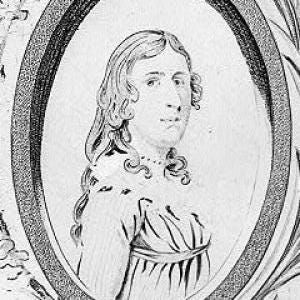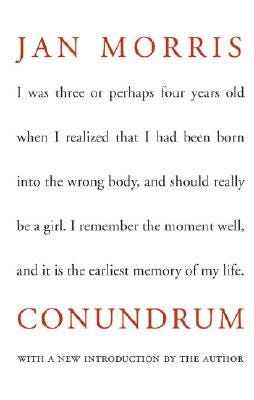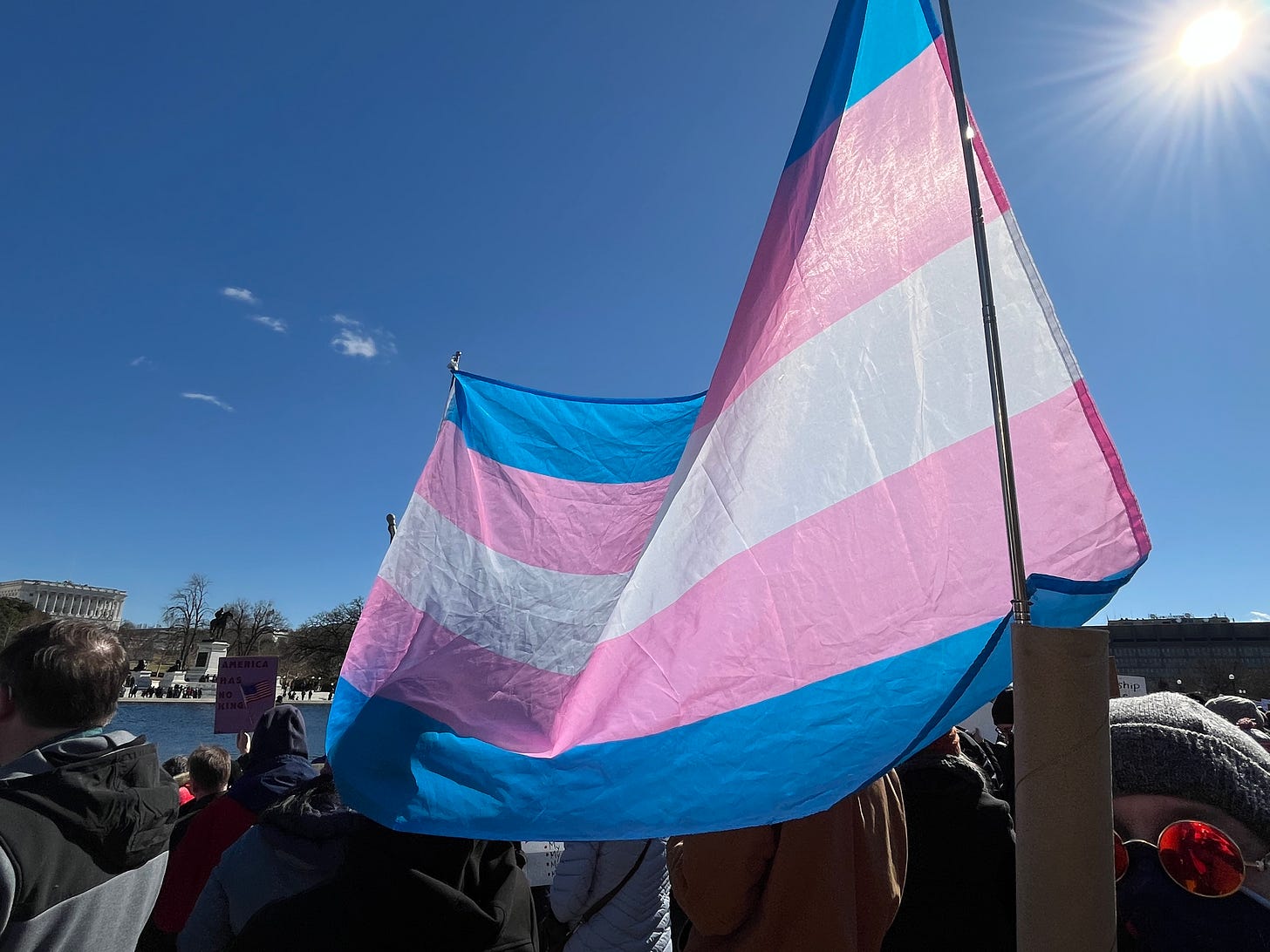Washington Post columnist Petula Dvorak recently wrote a story about six trans soldiers who fought in the Civil War.
The article triggered a memory. When I was in fifth grade, our suburban Philadelphia elementary school participated in a statewide essay contest sponsored by the D.A.R. (yes, that D.A.R.). My mother took me to the library to help figure out an essay topic. She discovered a woman named Deborah Sampson who had served in the Continental army as a man named Robert Shurtliff.
I did my research and wrote an essay. Deborah Sampson/Robert Shurtliff enlisted in the Fourth Massachusetts Regiment and was later inducted into the Light Infantry Troops. The physical requirements were: a height of at least 5’5” and the ability to keep a “fast and steady marching pace.” Light infantry “took part in small, risky missions and skirmishes.”
Shurtliff fought primarily in the Hudson Valley against Loyalist troops. Shurtliff’s identity was discovered when shot in the shoulder and, with the bullet still lodged, collapsed into a high fever. The year was 1783.
It took until 1805 for Deborah Sampson, now married to Benjamin Gannett and known as Deborah Sampson Gannett, to be recognized as a disabled veteran. Sadly, Gannett campaigned Congress for the entirety of the money they were due and “was denied the remainder of [their] pay on March 31, 1820.”
I won the statewide essay contest that year, although even at that time, I felt it was my mother who deserved the credit for finding such a hero! The following year, I won the statewide essay a second time, writing about George Washington Carver, who was undoubtedly my mother’s inspiration as well.
The local D.A.R. chapter invited my mother and me to a luncheon after my sixth grade award.
My mother insisted I write a thank you note afterwards. I included the following sentence to the D.A.R. “I think you are a marvelous organization.” My mother was horrified. But she bit her tongue and decided to mail the letter. I learned these details years later.
One of my favorite trans books is CONUNDRUM by Jan Morris (1926-2020). Morris, a travel writer, wrote a stunning memoir about transitioning during the 1960s. Morris was a veteran and the journalist who accompanied the celebrated 1953 British Mount Everest expedition, which included Edmund Hillary and Tenzing Norgay. Morris’s descriptions of her childhood and decision to transition are gorgeously rendered and, in my view, provide a road map for trans rights.
Republic of Cruelty
Last month, in light of the hate speech and hate actions coming out of the new regime, Elisa Rae Shupe, a veteran and the first person to obtain legal recognition of a non-binary gender, took her own life while wrapped in the trans flag.
This month, Sam Nordquist, a trans person who had “endured weeks of torture,” was murdered in upstate New York.
This is just the tip of the iceberg.
Hate is dangerous. We must stand up against it. This, from Rebecca Solnit’s Meditations in an Emergency—
More demonstrations in defense of rights and a functioning nation are being organized nationwide, including by unions, by the newly formed 50501, and by Indivisible, which was magnificent during the first Trump Administration, and is back in strength, organizing through many local chapters as well as at the national level.
The “No Kings Day” nationwide protests on Monday were heartening. In Washington, we protested in front of the Capitol.
More book stuff
Here’s my latest book review, published in Pointe Magazine. Elyse Durham’s MAYA & NATASHA is a tale of orphaned Russian twins who compete fiercely, to their detriment, for a place in the famed Kirov Ballet.
Have a good week.
Love, Martha
P.S. ICYMI, here is last week’s Substack, “Celebrating a free soul.”










Excellent post!
Wonderful and important newsletter, as always. Thank you. I had an e-galley of Maya and Natasha and thoroughly enjoyed; thank you for the reminder to post about it.